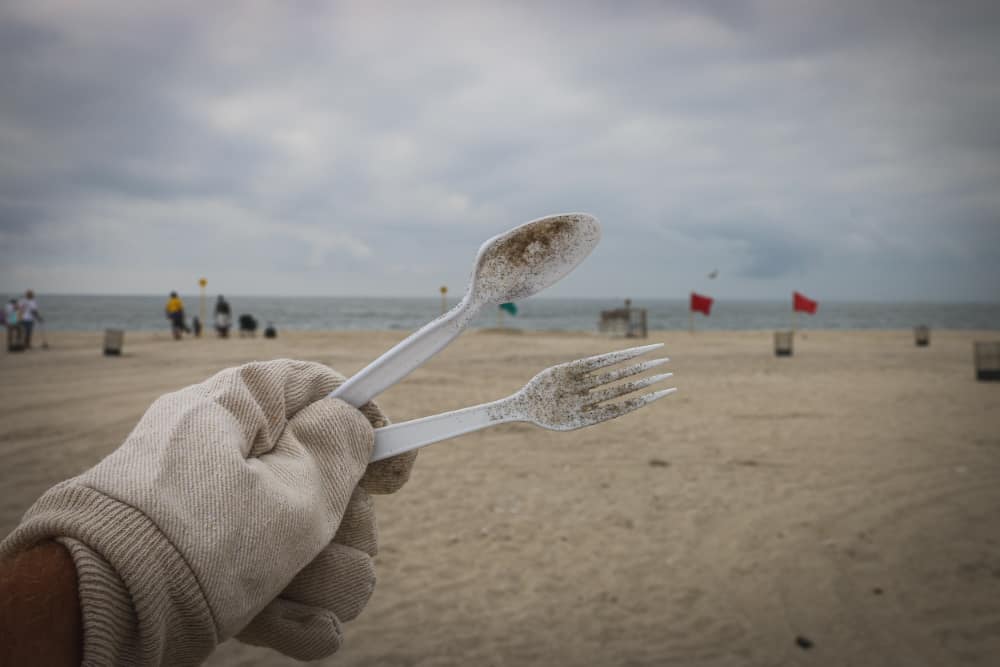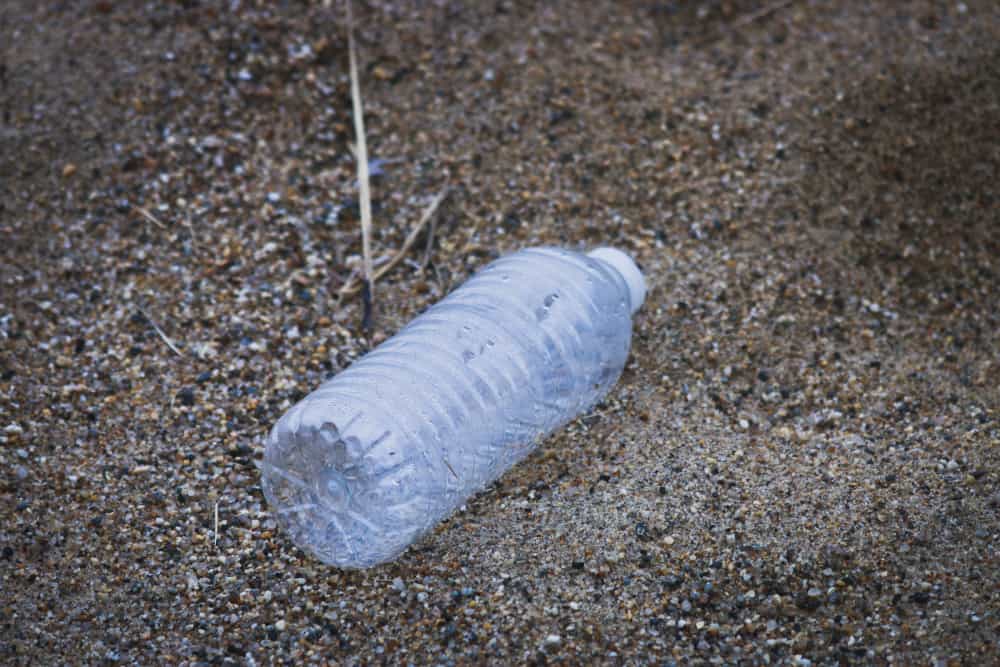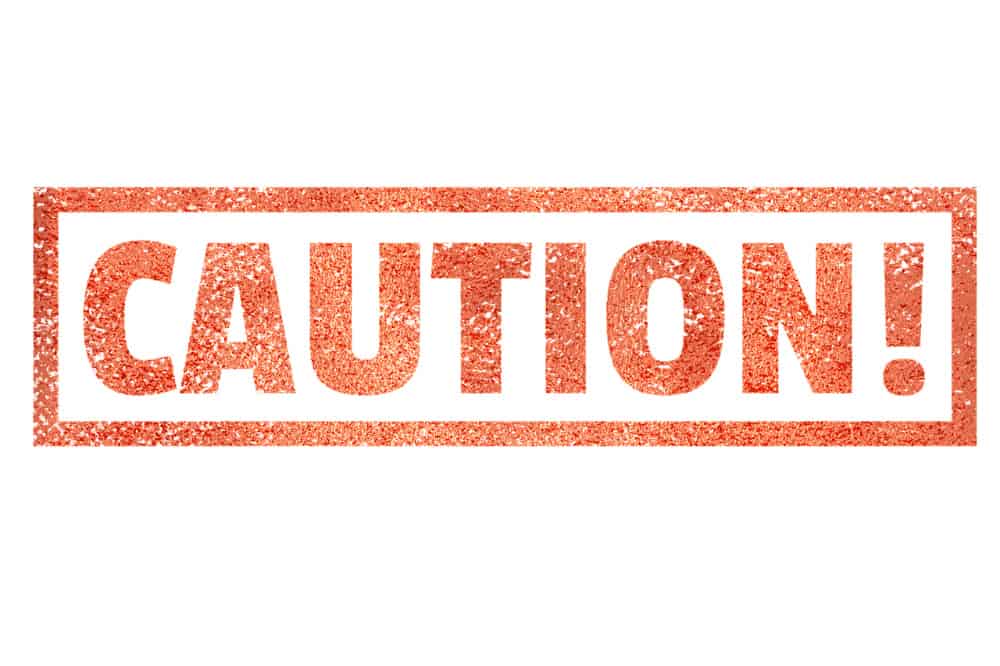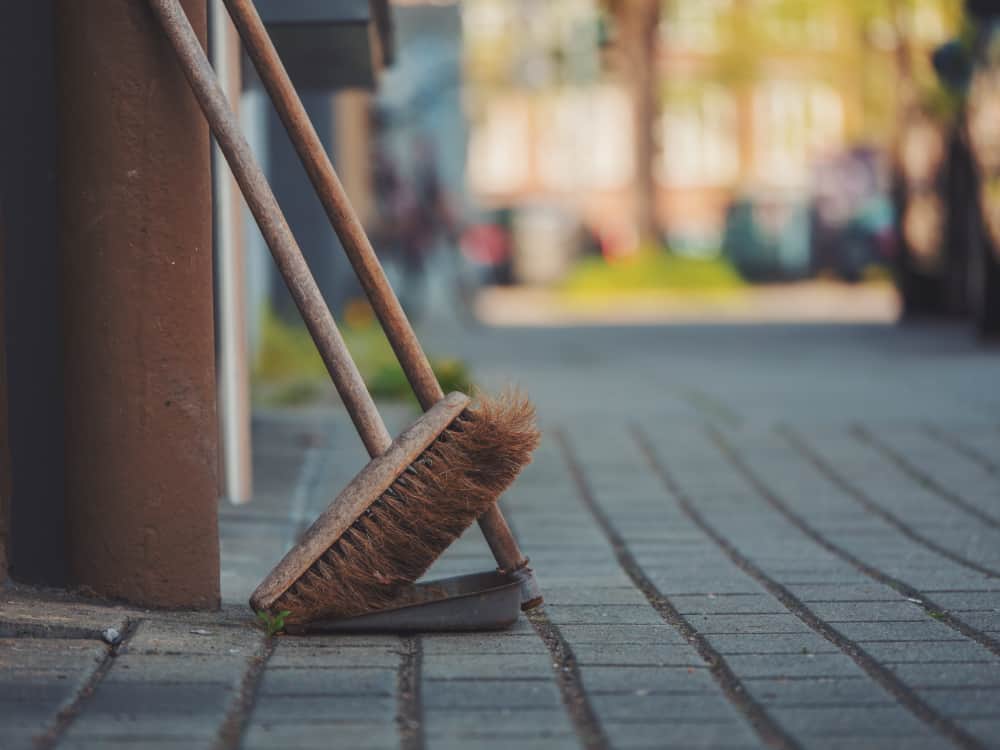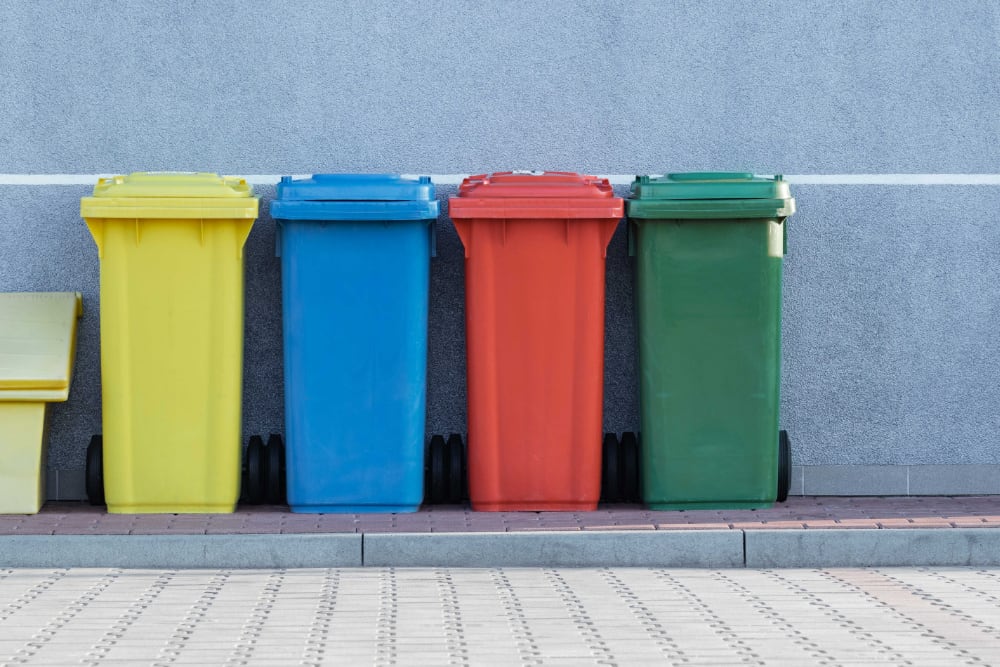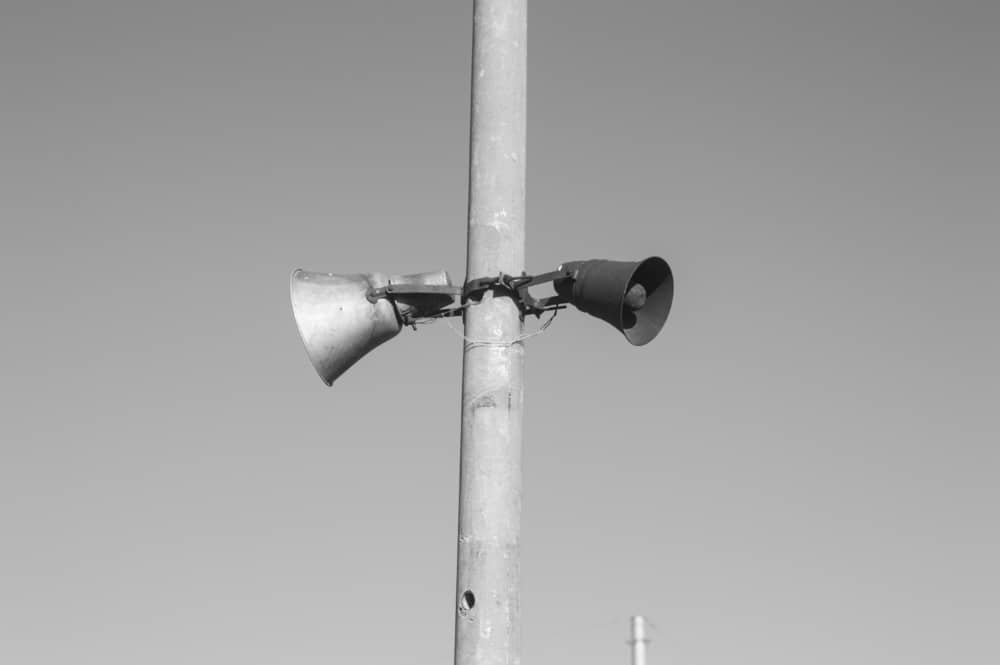We all know plastic can be useful, but when this seemingly everlasting material is used to produce single-use items — for many well-known reasons — plastic becomes very problematic.
That is why the EU launched a ‘directive on the reduction of the impact of certain plastic products on the environment’ in June 2019, commonly known as ‘The Single-Use-Plastics Directive.’
Under this directive, EU member states will be required to take the following actions to help reduce plastic pollution, and develop a more circular economy for plastic production and consumption.
1. Reduce Consumption of Disposable Plastic Cups and Food Containers
EU member states will have to find ways to ‘achieve an ambitious and sustained reduction’ in the consumption of single-use plastic food containers and beverage cups.
Photo by Brian Yurasits on Unsplash
Potential measures might include national consumption reduction targets, or the promotion of re-usable alternatives to single-use-plastics.
To keep them on their toes, member states will have to release a publicly available description of the measures they intend to implement by July 2021!
2. Ban Some Single-Use-Plastics Entirely
Photo by Brian Yurasits on Unsplash
Single-use-plastics such as cotton buds, cutlery, plates, straws, beverage stirrers, and various polystyrene packaging are to be completely banned from the markets of EU member states under this new directive!
3. Introduce Stricter Requirements for Beverage Containers
New production requirements for beverage containers are to be introduced. This includes things like tapering the bottle caps and lids of containers to reduce their environmental impact, and including certain amounts of recycled plastic in all new PET plastic bottles produced.
Photo by Brian Yurasits on Unsplash
By 2025, all PET bottles produced must be at least 25% comprised of recycled plastic, with that number rising to 30% by 2030.
4. Bring in Warning Labels For Some Single-Use Products!
For single-use-plastic items like beverage cups, sanitary towels, tampons, wet wipes, and tobacco products with filters, some form of warning labels must be introduced.
Image by paulracko from Pixabay
These labels should provide clear information about how each product can safely be disposed of, and what environmental issues are involved with inappropriately disposing of the products.
5. Place More Responsibility on Single-Use-Plastic Producers
A significant part of this directive is aimed at holding the companies that produce single-use-plastic in the first place more responsible!
To achieve this, member states are expected to develop ‘extended producer responsibility schemes,’ which will require single-use-plastic producers to cover certain costs related to their products.
These costs include things like waste collection costs, the cost of cleaning up litter, and even the cost of raising awareness about alternatives to single-use-plastics, and plastic-related environmental issues.
Photo by Daniel von Appen on Unsplash
Now this could be something that makes a very big difference if implemented correctly!
6. Hit Recycling Targets for Beverage Bottles
Plastic beverage bottles with a capacity of up to 3 liters will have to be separately collected for recycling, and by 2025, 77% of all bottles must be successfully recycled. This number rises to 90% by 2030.
Photo by Paweł Czerwiński on Unsplash
Deposit refund schemes are suggested as a way to meet these targets, which would involve adding a cost to the price of each bottle sold, which the customer gets back after returning the empty bottle for recycling.
7. Raise Awareness!
Photo by Kuchihige Saboten on Unsplash
All member states are expected to find ways to ‘inform consumers and to incentivize responsible consumer behavior’ in order to reduce litter. This includes providing information about the impact of littering and inappropriate waste disposal.
People must also be appropriately informed about the availability of re-usable alternatives to single-use-plastic, re-use systems, and waste management options.
8. Report the Data
Finally, to keep track of things, each member state must report back to the EU with detailed data about their progress for each calendar year, starting in 2022.
Member states must start enforcing the laws and regulations required to comply with this directive as early as July 3rd, 2021, which is only a few months away!
So let’s hope they all manage to achieve these actions on time, and above all else, let’s hope the actions work!


